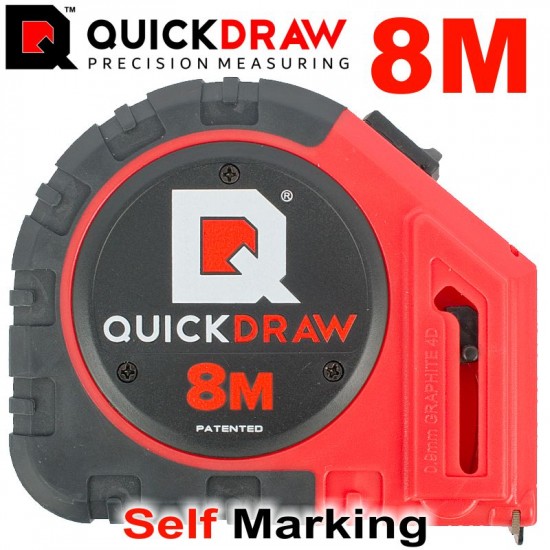
The measuring tapes we tested had great features, but the design was another thing that we considered when making our pick. However, for convenience’s sake, make sure the tape you buy has all the characteristics you need, such as a rubber coating, a nylon blade, and a lock lever. Because both choices are equally viable, we didn’t prioritize this feature as much as others, like length and accuracy.įinding a high-quality tape measure that doesn’t break your bank is not impossible since most can be found for a few dollars. There are, however, models that have a built-in blade lock that keeps the blade securely extended until the user actively retracts it. Both materials benefit from having at least some of their surface wrapped in rubber, which serves to improve grip and protect the tool from cracking if it is dropped.įor your convenience, the blade of most cased tape measures can be locked in its extended position with a simple push of your thumb. Metal housings add extra weight but are far more durable. If made of plastic, the item must be resilient enough to resist repeated use and the occasional drop. Metal or plastic could be used for the case. The blade of a cased tape measure is typically composed of steel or fiberglass and is coated with nylon or a comparable substance for durability and water resistance. While some fraction representations use lines, others use numbers, making them more readable. On a standard tape measure, you’ll find both inches and feet marked off, along with tiny lines to denote decimal places. However, some also provide metric measurements, so if that’s a priority for you, make sure to double-check before making a purchase. Most commercially available tape measures we tested only came in imperial units (inches and feet). Markings on the side of every tape measure show the various predetermined lengths. To achieve precision for all forms of measuring, the amount of movement should equal the tang’s thickness. Instead, the tang must have a smooth back-and-forth motion to ensure that the tape is accurate for both pull and push measurements. Unlikely as it may seem, the tang should not be riveted closely to the blade. In circumstances where extreme precision is necessary, it is possible to evaluate your tape measure’s accuracy with a tape measure calibration device. However, shorter tape measures are available for people who just need one for occasional use.ĭepending on the precision of your measuring device, the most precise length estimation you can achieve is an approximation. Cased tape measures often come in lengths of 25 feet because this is sufficient for measuring the length of most rooms’ walls and floors without being too cumbersome to carry about. It’s not always the case that the longer tape measure is superior. Although these tape measures are commonly used by real estate agents, appraisers, and adjusters, their lack of accuracy makes them less than ideal for projects like carpentry. Distances within a range of 0.1 inches to 0.5 inches can be determined using the laser measure.

The user projects a laser onto the surface to be measured (e.g., a wall, ceiling, or board) and presses the measurement button.

Laser tape measures: These are a convenient substitute for traditional tape measures when determining the dimensions of a room’s width, length, or height. A standard sewing tape measure is 5 feet long, but you can find ones that go as long as 12 feet. The versatility of these instruments makes them useful not only for sewing and related undertakings but also for measuring the human body, measuring objects with curved surfaces, and doing other household measurement activities. It’s not the kind of tool most do-it-yourselfers would use, but it comes in handy when you need to measure a lengthy fence or deck.įlexible measuring tapes: These tapes are flexible and come without a carrying case, such as the sewing tapes used for measuring fabric. The blade on these instruments can be several hundred feet in length, but instead of being stored in a case, it is retracted onto a reel with the use of a hand crank. Reel measures: Surveyors and other professionals who often measure expansive areas frequently utilize reel tape measures.

With so many potential uses, a tape measure of this type is an indispensable addition to any homeowner’s toolset.

There is a retractable blade inside a plastic or metal housing that displays either imperial or metric measurements. However, they can be categorized into four major groups.Įncased measures: The most common kinds of tape measures are those that come in a protective case. As such, several types of tape measures exist. Tape measures are for various types of people and their uses span several professions, from DIY home activities to real estate and engineering.


 0 kommentar(er)
0 kommentar(er)
